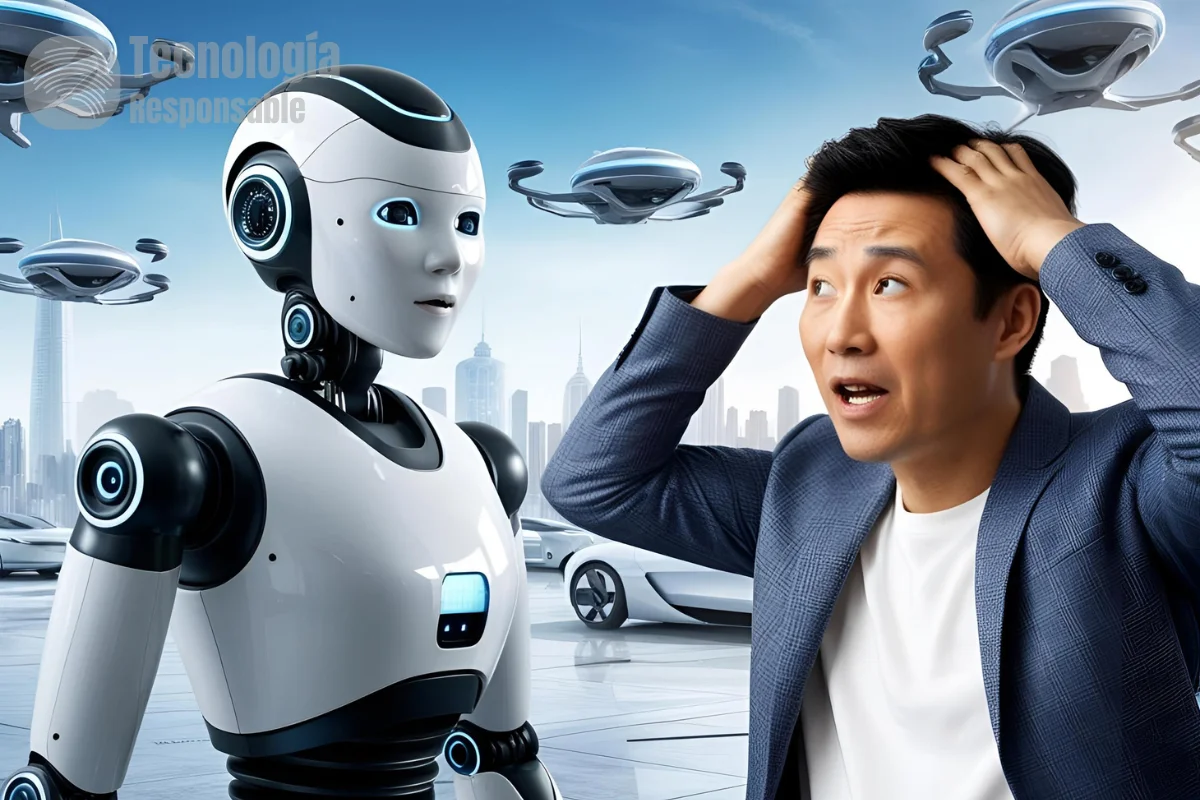Robotics has been advancing in recent years, just as artificial intelligence is not far behind, and as expected, AI and robotics are already collaborating together. So, I am going to show you the most advanced and surprising AI robots capable of adapting to their environment, conversing, or performing tasks for which they were not programmed.
Table of Contents
Differences between Artificial Intelligence and Robotics
To be brief on this topic, I will explain it in a way that anyone can understand. AI consists of complex algorithms that seek to mimic human intellect, while robotics or robots are machines designed to perform repetitive tasks (example: factory robots).
5 Most Advanced Intelligent Robots in the World
Before starting, I want to clarify that this list is not in any specific order. They are not ranked from best to worst or anything like that.
1. Atlas (Boston Dynamics)
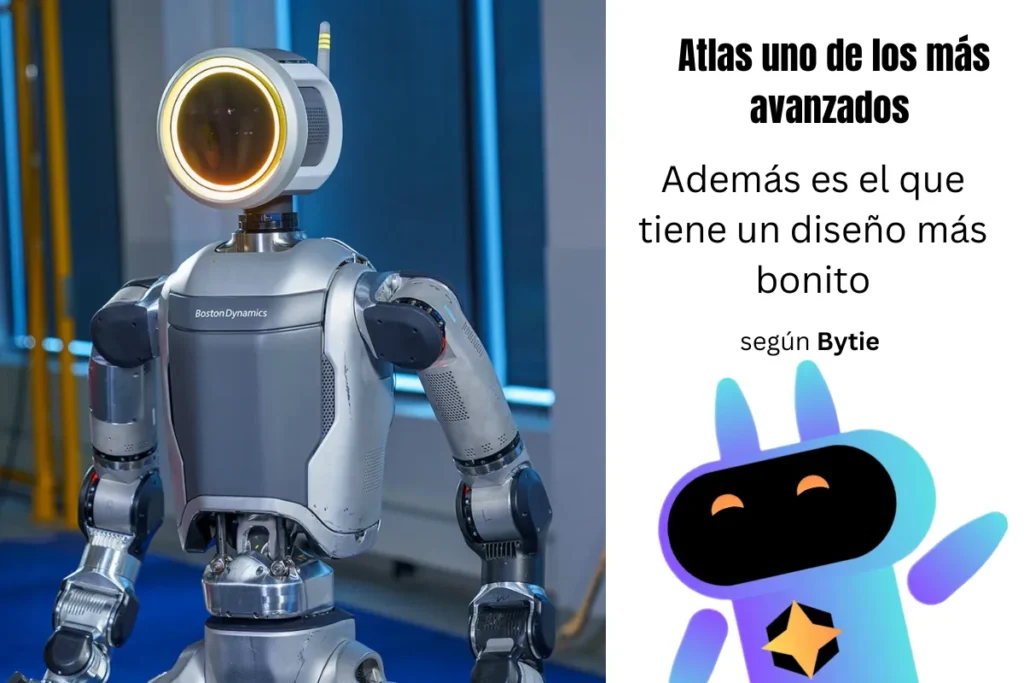
Atlas is a bipedal robot capable of performing dynamic movements such as jumps, turns, and pirouettes.
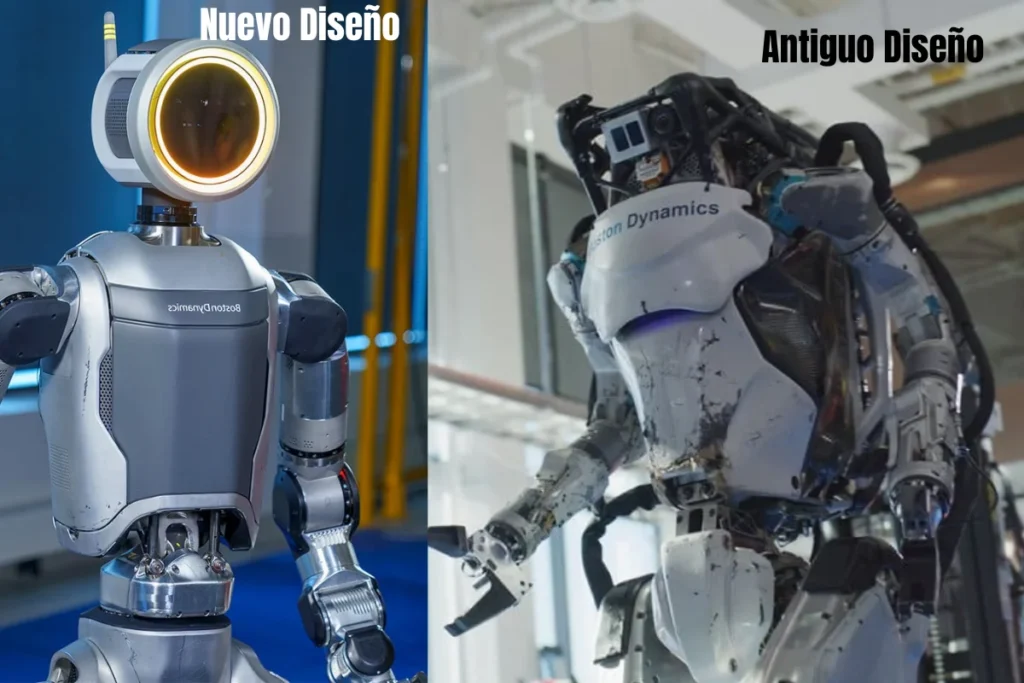
The first time I saw Atlas was in a YouTube video, and I was impressed with its agile movements. Until then, there was no robot that was so agile standing on its two legs. It uses AI to adapt to the terrain and interact with objects.
Example: Video of Atlas doing parkour.
2. Optimus (Tesla Bot)
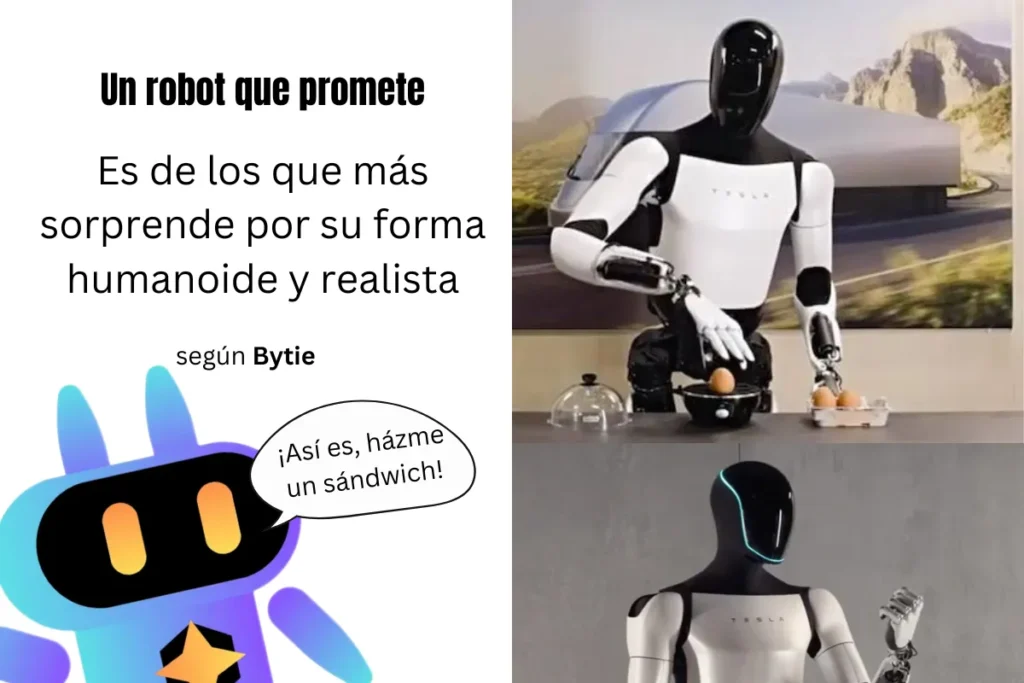
Optimus was one of the last to come out, although it is still in development, it surprised everyone with its humanoid appearance.
Designed for repetitive or dangerous tasks (I can’t imagine the Tesla bot being a police officer). It uses computer vision and neural networks to interact with the environment.
Status: Still in development.
3. Ameca (Engineered Arts)
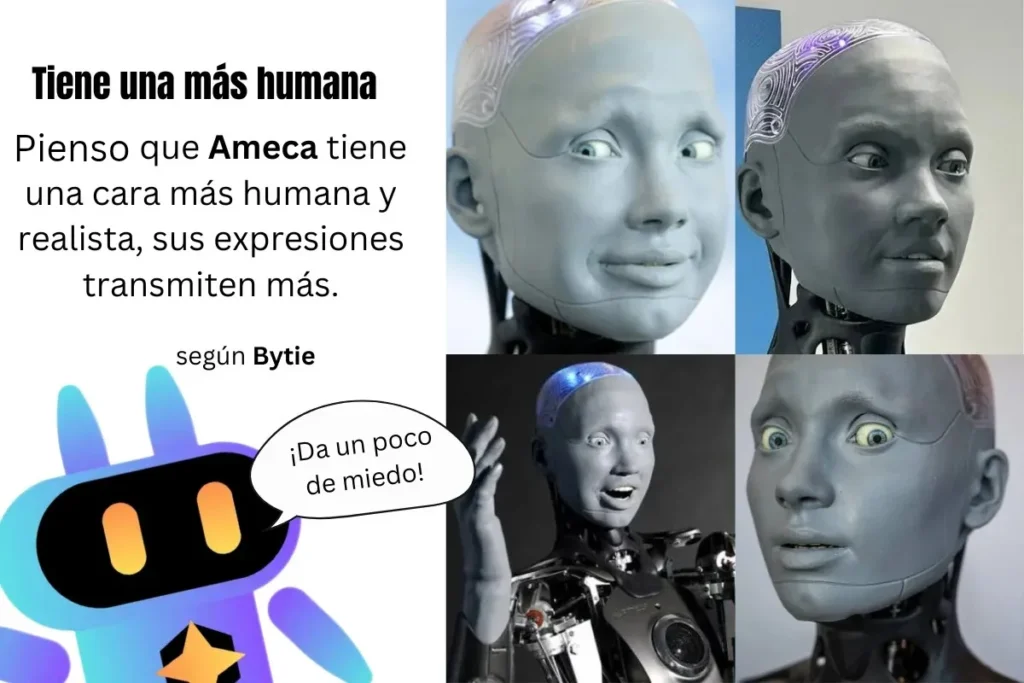
Ameca is surprising, known for its realistic facial expressions and its ability to interact with humans, meaning it talks non-stop, I suppose. It uses generative AI (like GPT-4).
Focus: Research in human-robot interaction.
4. Sophia (Hanson Robotics)
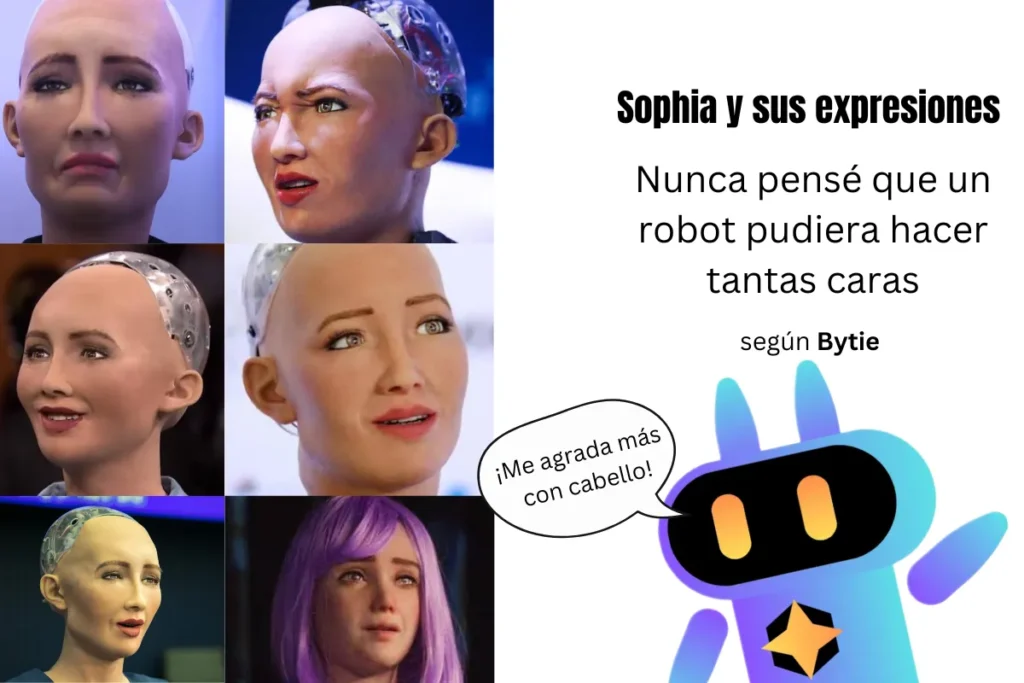
Personally, I think Sophia is the most well-known. Her videos went very viral on social media for being one of the first robots with realistic expressions, and she is also famous for her ability to converse. We all saw her in that video with Will Smith. She uses AI in her contextual conversations.
Fact: She is the first robot with honorary citizenship in Saudi Arabia (2017).
5. Spot
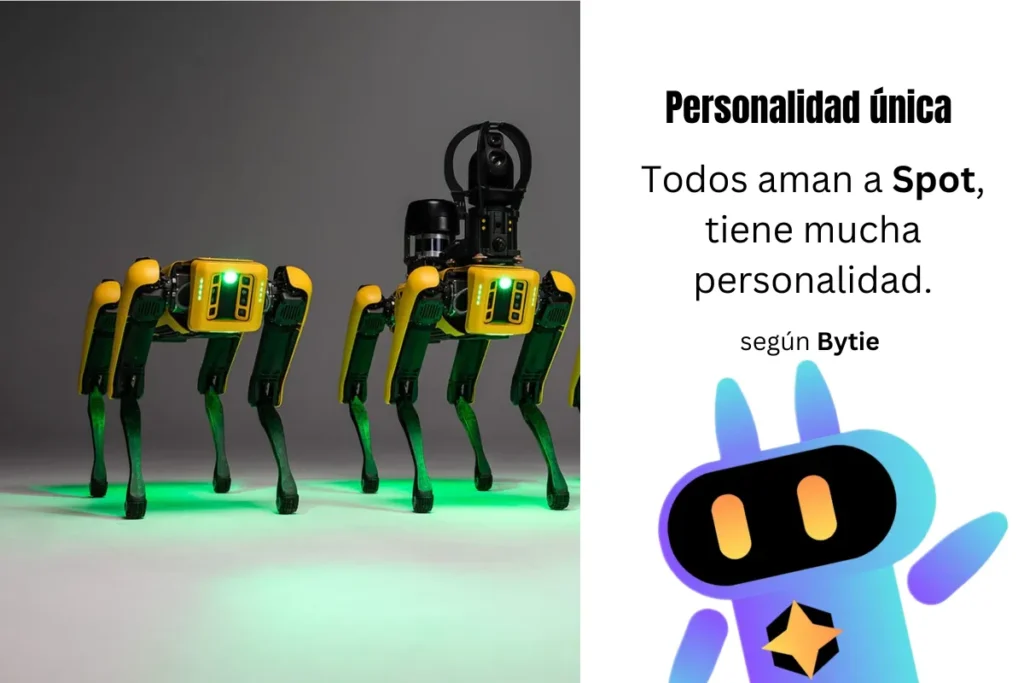
The quadruped robot that we would all like to have at home as a pet is used for industrial inspection, construction, and rescue.
It uses cameras and LIDAR sensors with AI for data analysis.
You can adopt a Spot directly from the factory if you have $74,500 to spare, without taxes, and with taxes, it can cost more than $100,000 depending on the country. Also, that price does not include sensors or software.
Applications: Petrochemical, energy, and security.
Disclaimer
The images and photos of the robots do not belong to me, nor do I intend to claim any rights or credits over said images.
How do AI Robots Work?
We have already seen how AIs and AI robots differ, but how are these two technologies combined?
These robots use artificial intelligence to improve their capabilities after a machine learning process. That is, the robot is trained through these algorithms to perform a task, such as: walking on two feet, sorting objects, assembling things, etc.
A very good example that I can give you is of a company that created a virtual environment to train robots, and they managed to make a robotic hand learn to solve a Rubik’s cube with machine learning.
This technology is called Machine Learning, and it is what allows these AI algorithms to be trained. Although currently, AI robots are not completely autonomous, they are increasingly being integrated with artificial intelligence to develop more autonomy in the machines that we would all like to see in person.
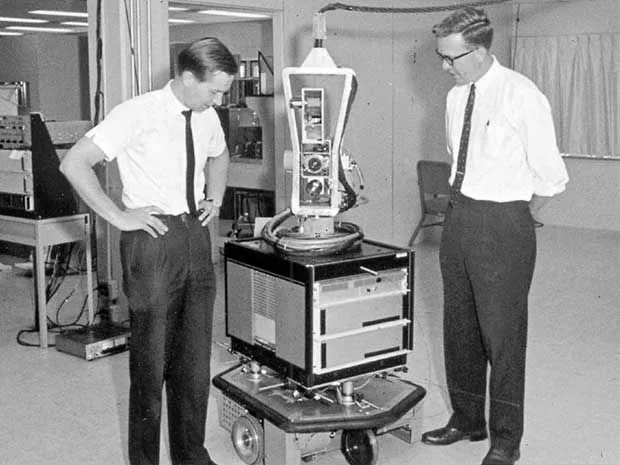
What was the first AI robot?
The first robot that existed integrated with artificial intelligence was Shakey, created in 1970 by the Stanford Research Institute (SRI).
Our dear friend Shakey could navigate the environment autonomously. It decided where it wanted to go using logic to make decisions and was able to plan to achieve its objectives, thanks to an incorporated television camera and sensors that measured the distance of objects. It could also move objects.
At that time, robotics and artificial intelligence were not as perfected as they are today, and although Shakey was slow and clumsy, it laid the foundations for the creation of new generations of intelligent robots.
Not bad for a 55-year-old robot!
To summarize:
Robotics and artificial intelligence have advanced so much that we are surprised by everything that robots are capable of doing today, and we will continue to see more and more technological advances, or at least I hope so.
I am sure that Shakey would be proud to see what we have achieved in robotics and artificial intelligence.

